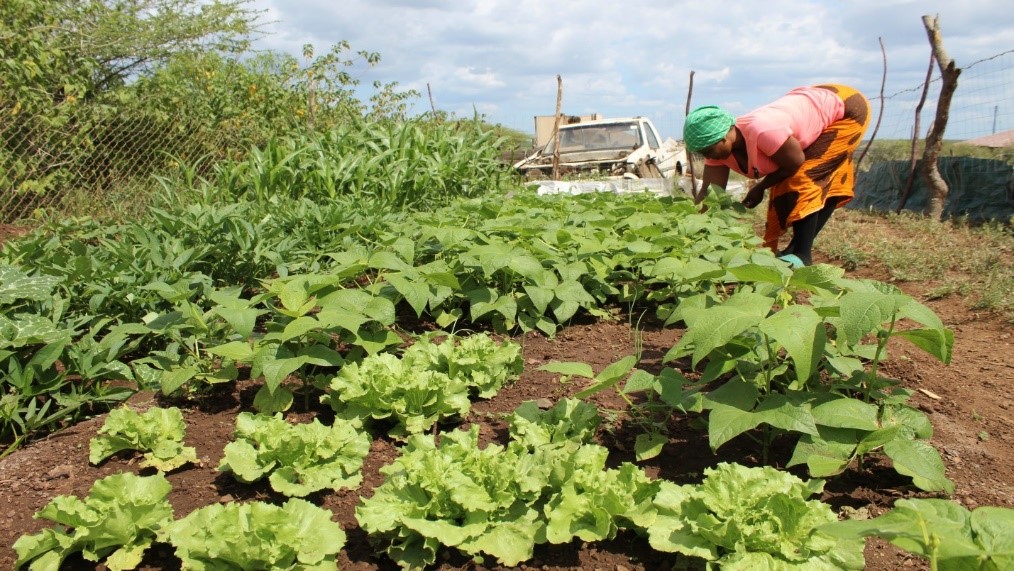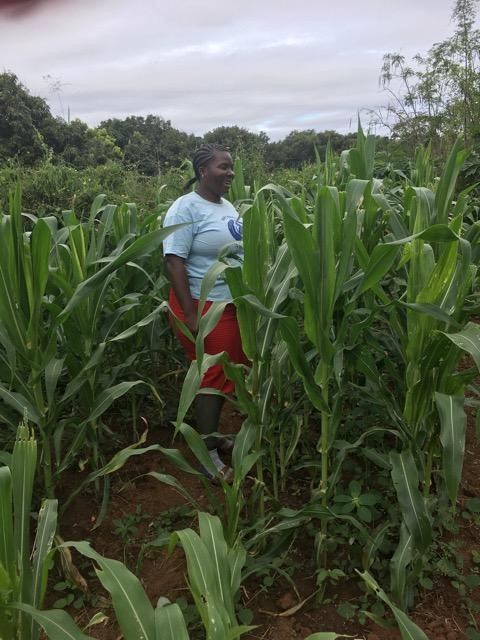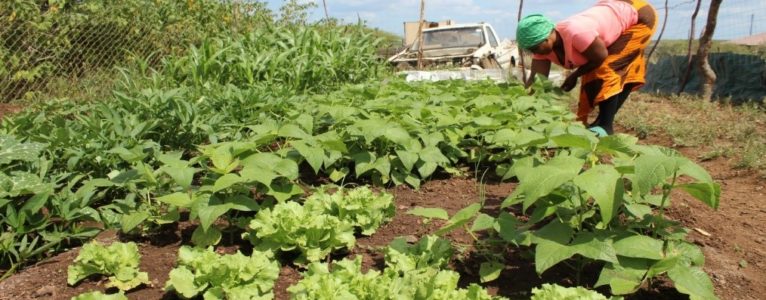
Following the successful distribution of OPV maize and bean seeds to farmers, the seed multiplication fields have thrived and are now ready for harvest.
This project aimed to encourage the development of seed banks in communities at household level and improve food security and minimize dependency on purchasing expensive hybrid seeds each year.
The project also aimed to build sustainable and solid foundations for smallholder farmers to achieve positive environmental economic and social outcomes in their own communities despite worsening climate change impacts.
Seeds and seedlings were distributed to member organizations, who distributed them to the smallholder farmers that they work with. They planted the seeds, which were maize and beans, seedlings were onions, beetroot, spinach, lettuce and cabbages after distribution. Unfortunately due to the shortage of rainfall and the scarcity of water in the dry part s of the country, the vegetable seedlings were not quite successful compared to the resilient maize and bean plants.
Worth noting though is that through good farming techniques such as intercropping of the maize, beans, and vegetables, farmers were able to see good results from the project.
In some communities, they harvested lettuce which they sold to their different community members and ate some in their homesteads which improved their nutrition and food security. The next phase of the project will involve training workshops on how the farmers can effectively select and store seed in their seed banks for use in the next planting season.



